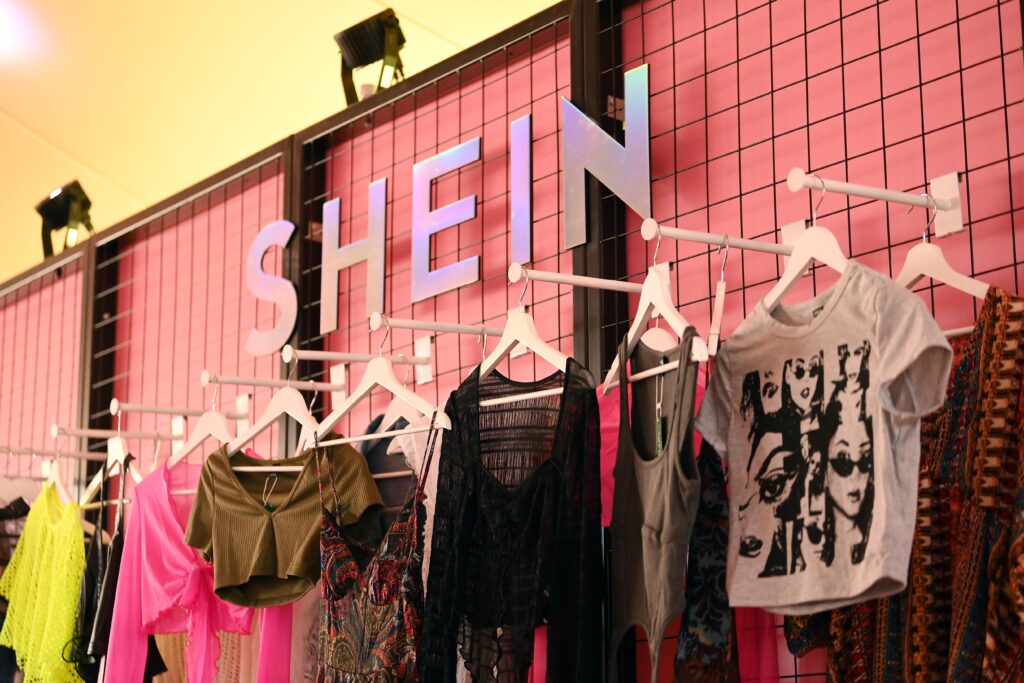Author: Muzi Matsheke & Tshidiso Vatsha, CMO
Unveiling SHEIN's Dominance in South Africa's E-commerce Market
With so much hype around Shein going public on the London Stock Exchange it’s only right that we take a look into the e-commerce behemoth. As South Africa witnesses a burgeoning influx of retail e-commerce users, one name stands out in the crowd—SHEIN. The Chinese fashion juggernaut is not only one of the fastest-growing e-commerce retailers globally but has also managed to outpace industry stalwarts like Zara and H&M. At it’s last fundraising round, Shein was valued at a whooping $66 Billion.
In 2022 alone, SHEIN raked in an astounding $23 billion in global revenue, underscoring its meteoric rise since its inception. Last year Shein delivered $2bn of profits. By comparison Inditex, owner of rival Zara, this week reported operating income of $1.7bn in the three months to April 30. This success story, however, is not just about impressive figures; it’s a testament to a series of calculated strategies that have propelled SHEIN to the forefront of the e-commerce landscape.
SHEIN was established in 2008 in Nanjing, China, by Chris Xu. Initially, the company operated as a drop shipping service rather than a retailer. Before it started manufacturing its clothing, SHEIN used to buy its merchandise from wholesale markets in Guangzhou, China. The company then shifted most of its focus into retail when it acquired Romwe, a Chinese retailer, in 2014.
The Strategic Arsenal of SHEIN
SHEIN’s exponential growth is underpinned by a suite of innovative strategies that South African e-commerce players can glean valuable lessons from. Here’s an investigative look into the mechanisms behind SHEIN’s competitive edge:
- Fast Fashion Model: SHEIN’s agility in churning out trendy items in response to real-time consumer demands is a cornerstone of its success. South African retailers, by adopting a similar fast fashion approach, can enhance their market responsiveness and keep their product lines fresh and appealing.
- Vertical Integration: By controlling every aspect of the production process—from design to distribution—SHEIN has achieved cost efficiencies and stringent quality control. South African retailers, despite facing a skills deficit, can explore vertical integration to optimize supply chains, though the challenge remains significant given the local manufacturing landscape.
- Data-Driven Decision Making: Leveraging advanced data analytics, SHEIN stays ahead of market trends and consumer preferences. This contrasts sharply with the “me too” business model prevalent in South Africa, where many retailers imitate competitors rather than using data to drive innovation and customer satisfaction.
- Collaborative Design: Engaging influencers and fashion bloggers, SHEIN co-creates collections that generate buzz and broaden its appeal. While South African retailers could benefit from similar collaborations, the financial disparity makes it a daunting endeavor to match SHEIN’s lavish spending on marketing and influencer partnerships.
An Unfair Advantage?
In the South African market, it isn’t just about superior strategies; it’s about having an arsenal that competitors find hard to match. Here’s why:
- Aggressive Pricing: SHEIN’s efficient supply chain and economies of scale enable it to offer unbeatable prices, squeezing out competitors who struggle to maintain profitability.
- Vast Product Range: With a comprehensive array of trendy, affordable fashion items, SHEIN caters to a wide spectrum of tastes, making it difficult for others to compete on variety.
- Speed to Market: SHEIN’s fast fashion model ensures a rapid turnover of new designs, keeping it ahead of trends and making competitors seem sluggish by comparison.
- Digital Marketing Prowess: Mastery of digital marketing and influencer partnerships has cemented SHEIN’s brand visibility, a feat not easily replicated by local competitors.

The Role of the Chinese Government
SHEIN’s ascension is not solely attributable to corporate strategy; the supportive ecosystem fostered by the Chinese government plays a critical role. Here’s an in-depth look at how state policies have bolstered SHEIN:
- Special Economic Zones (SEZs): These zones offer tax incentives, streamlined customs procedures, and other benefits that reduce operational costs and facilitate growth.
- Export-Oriented Policies: Subsidies, VAT refunds, and preferential financing aimed at boosting international trade give SHEIN a competitive edge in foreign markets.
- Flexible Labour Regulations: China’s labour laws, while often criticized, allow for a flexible workforce management that SHEIN leverages to maintain high production rates at low costs.
- Infrastructure Development: Significant investments in transportation and logistics infrastructure enable efficient movement of goods, bolstering SHEIN’s operational capabilities.
- Government Support and Incentives: Financial subsidies, research and development grants, and market expansion assistance further fuel SHEIN’s growth trajectory.
The South African Context
While the South African e-commerce sector is growing, it faces substantial barriers to reaching SHEIN’s level of operation. These include:
- Regulatory Environment: South Africa’s policies do not offer the same level of support as China’s SEZs and export incentives.
- Skills Shortage: The lack of manufacturing expertise hampers the ability to replicate SHEIN’s vertically integrated model.
- Financial Constraints: Limited financial resources restrict local retailers from adopting aggressive marketing and influencer strategies.
In conclusion, while SHEIN’s success offers valuable lessons, the unique support from the Chinese government and the company’s strategic ingenuity present formidable challenges for South African e-commerce players striving to compete on a global stage.




